- 1. Guava (White-Fleshed Variety)
- 2. Honeydew Melon
- 3. Soursop (Graviola)
- 4. Sugar Apple (Sweetsop)
- 5. Cherimoya (Custard Apple)
- 6. Breadfruit (Unripe or Cooked)
- 7. Green Apple
- 8. Chayote
- 9. Green Pear
- 10. Green Mangoes
- 11. Green Lychee
- 12. Osage Orange
- 13. Feijoa (Pineapple Guava)
- 14. Monstera Deliciosa (Swiss Cheese Plant Fruit)
- 15. White Sapote
- 16. Green Plums
- 17. Noni Fruit
- 18. Mamoncillo (Spanish Lime or Genip)
- 19. Key Lime
- 20. Ambarella (June Plum or Golden Apple)
- 21. Giant Granadilla
- 22. American Pawpaw
- 23. Star Apple (Some Varieties)
- 24. Bael Fruit (When Underripe)
- 25. Indian Jujube (Unripe)
- 26. Gamboge
- 27. Cucumber
- 28. Bitter Gourd (Bitter Melon)
- 29. Bottle Gourd
- 30. Wax Gourd (Winter Melon)
- 31. Green Papaya
- 32. Green Bananas
- 33. Ice Cream Bean
When we think about healthy fruits, we often picture bright colors like red, purple, or orange. We assume that the brighter the color, the better the fruit is for us. But some of the healthiest fruits don’t look very bright at all. In fact, many are green on the outside and white on the inside.
These fruits may look simple, but they have a lot to offer. Their light-colored flesh is usually full of water, fiber, and important vitamins. Many are gentle on the stomach, low in sugar, and great for people who want to eat fresh and healthy.
In both traditional medicine and modern health practices, white-fleshed fruits are known for helping cool the body, improve digestion, and support the immune system. Some are creamy, others are crunchy, but most are light, refreshing, and easy to enjoy.
So, whether you want to try tropical flavors, need something easy to digest, or just want to try something new, these 35 green fruits with white inside might surprise you with how much goodness they have inside.
1. Guava (White-Fleshed Variety)

White-fleshed guavas have a green outer skin that may range from bright to dull green depending on ripeness. Inside, the flesh is creamy white and mildly sweet or tart. These guavas are rich in vitamin C and dietary fiber and are often eaten raw, juiced, or used in jams. The small edible seeds embedded in the flesh add a grainy texture.
2. Honeydew Melon
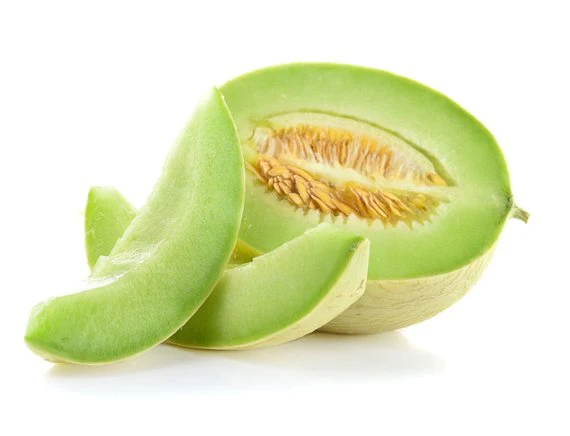
Honeydew melons have a smooth, pale green rind and a juicy, nearly white to very pale green inner flesh. The flesh becomes almost translucent when fully ripe. It’s sweet, hydrating, and commonly served in fruit salads or smoothies. Honeydews are a good source of vitamin C and potassium.
3. Soursop (Graviola)
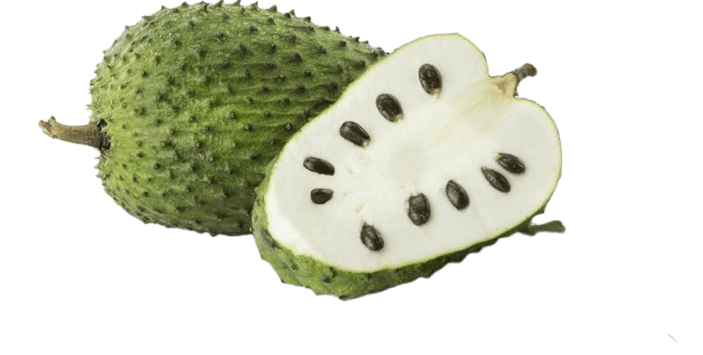
Soursop has a dark green, spiny skin that encloses soft, fibrous white pulp. The interior is juicy and fragrant, with a unique combination of sweet and slightly tangy flavors. It contains large, black seeds which are not edible. Soursop is consumed fresh or used in juices, ice creams, and desserts, and is also noted in traditional medicine for its potential health benefits.
4. Sugar Apple (Sweetsop)
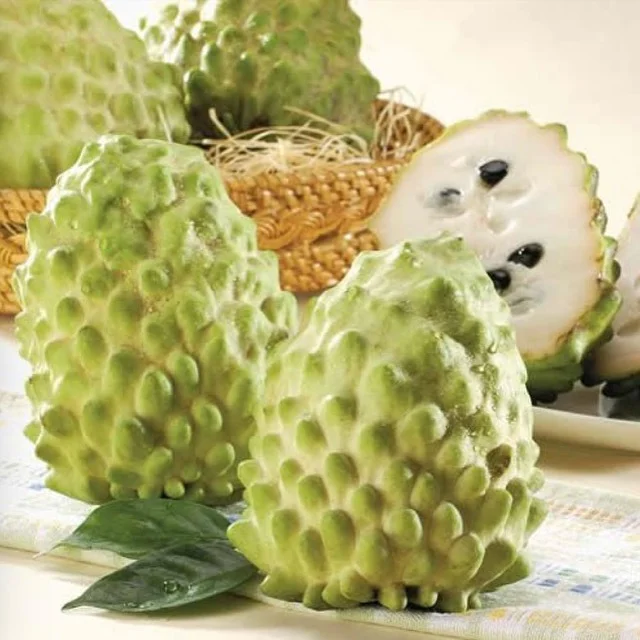
The sugar apple has a knobby, green outer shell that splits open when ripe, revealing segments of white, custard-like flesh. Each segment typically contains a hard black seed. The flesh is sweet, creamy, and aromatic, often enjoyed fresh or used in tropical smoothies. It is closely related to the cherimoya and is rich in vitamin C and B6.
5. Cherimoya (Custard Apple)
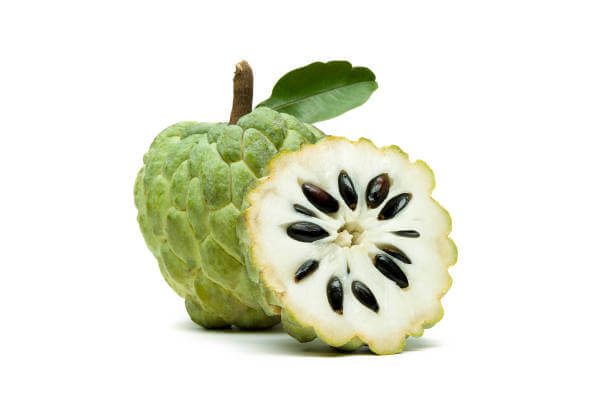
With its green, scaly skin, the cherimoya looks somewhat like the sugar apple but has a smoother texture. Inside, the fruit is white, creamy, and custard-like with a delicate flavor likened to a blend of banana, pineapple, and pear. The seeds are large and inedible. Cherimoya is best enjoyed chilled with a spoon and is high in vitamin C and antioxidants.
6. Breadfruit (Unripe or Cooked)
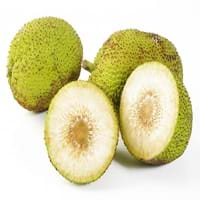
Breadfruit has a rough, green skin when unripe. Inside, the flesh is white to cream-colored and starchy, similar to a potato. When cooked (boiled, roasted, or fried), the flesh becomes tender and is a staple in many tropical regions. It’s high in carbohydrates and is a good substitute for grains in gluten-free diets.
7. Green Apple
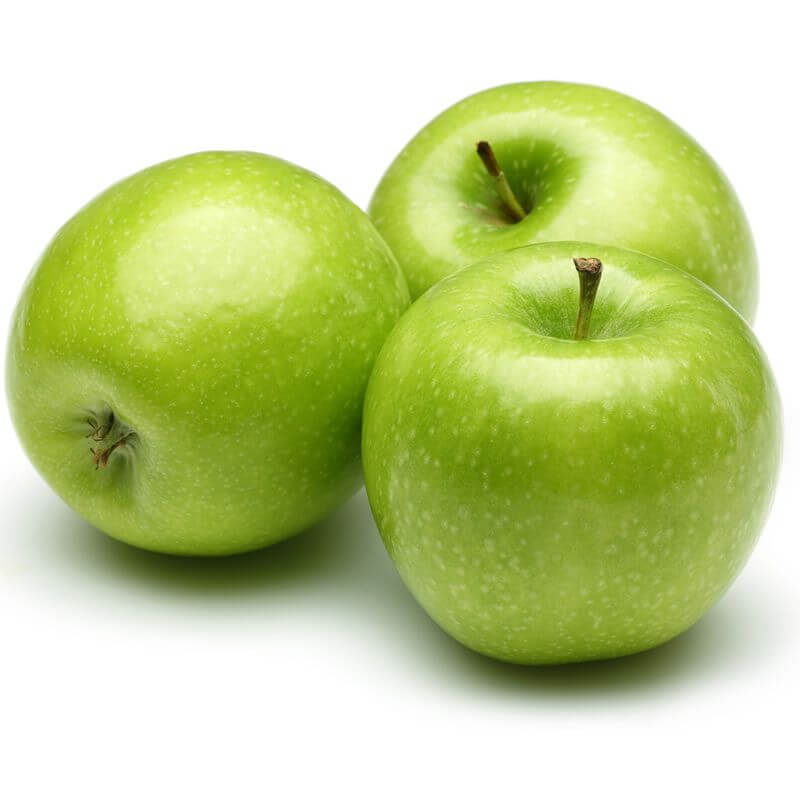
While ripe green apples like Granny Smith have crisp, slightly greenish-white flesh, unripe apples of other varieties may appear even whiter inside. The contrast between the tart, crunchy green skin and pale interior makes them ideal for fresh eating, baking, or cider-making. They are rich in fiber and vitamin C.
8. Chayote
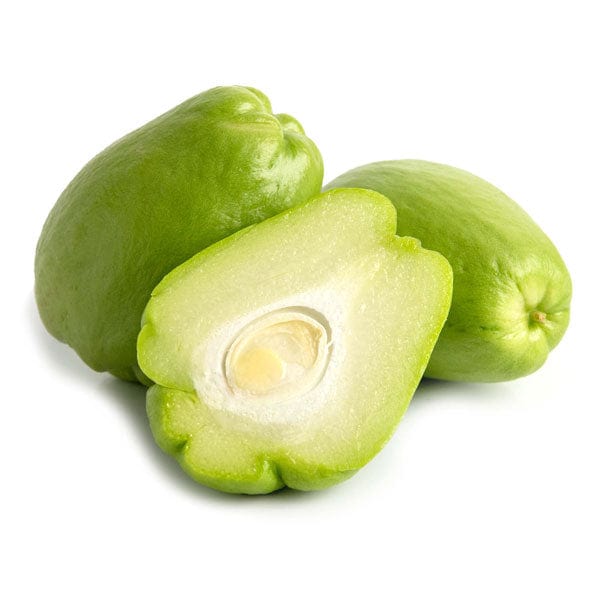
Chayote is a green-skinned fruit often treated as a vegetable. Inside, the flesh is firm, crisp, and pale white or light green. It has a mild, cucumber-like taste and is often cooked in stews or stir-fries, though it can be eaten raw. Chayote is low in calories and a good source of folate and fiber.
9. Green Pear
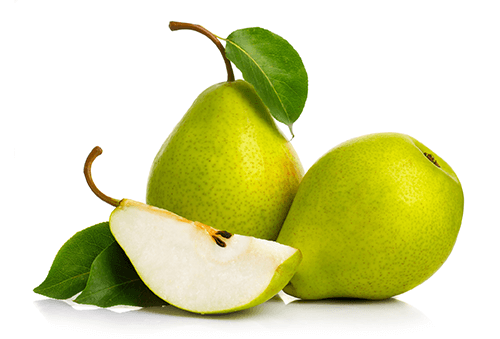
Green-skinned pears such as Bartlett or Anjou have pale, almost white flesh inside. The interior is juicy and subtly sweet, becoming more fragrant and soft as the fruit ripens. Pears are high in fiber, especially when eaten with the skin, and are used in both sweet and savory dishes.
10. Green Mangoes
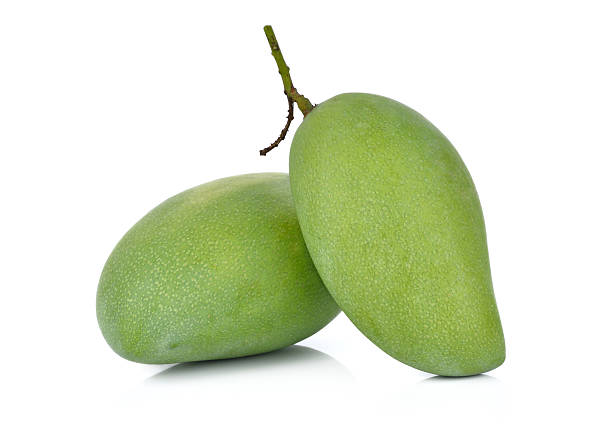
Unripe green mangoes have a tough, shiny green skin and a firm, pale white to yellowish interior. The flesh is tart and fibrous, often used in chutneys, pickles, and savory salads. Rich in vitamin C and antioxidants, green mangoes are valued for their cooling and digestive properties in tropical regions.
11. Green Lychee

Though most lychees turn red when ripe, some varieties are harvested early when still green on the outside. These have a rough, leathery green skin that encloses translucent white flesh. Sweet, floral, and juicy, lychees are popular in desserts and drinks. They’re rich in vitamin C, potassium, and polyphenols.
12. Osage Orange
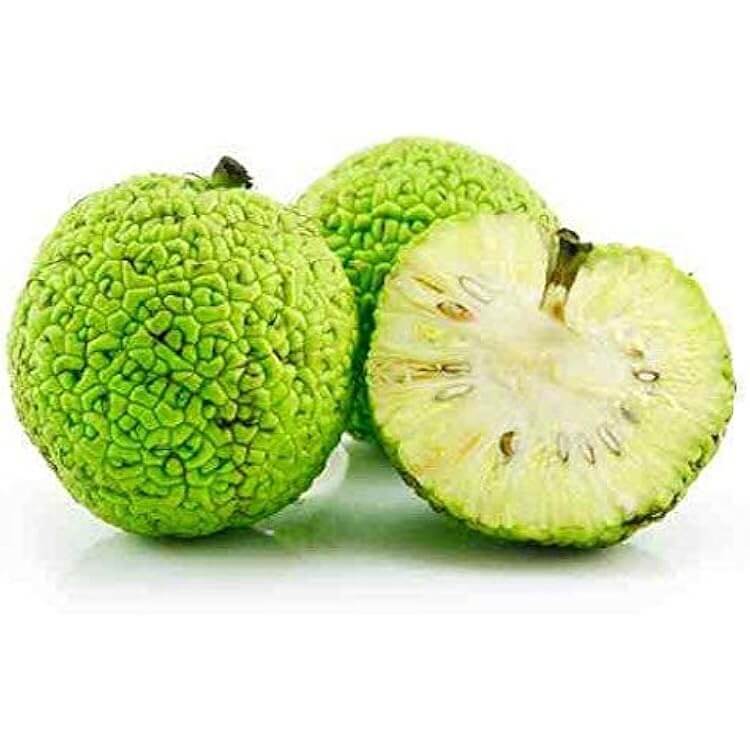
Also known as hedge apple, the Osage orange has a knobby, bright green skin and pale, fibrous, almost white interior. Despite its fruit-like appearance, it is not typically eaten due to its hard texture and bitter taste. It’s mainly used for ornamental purposes or as natural pest repellent.
13. Feijoa (Pineapple Guava)
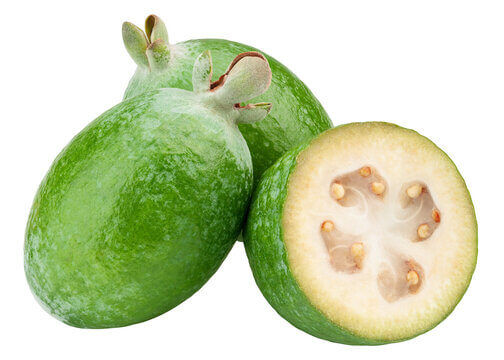
Feijoas have smooth green skin and a soft, grainy white to cream-colored flesh with a jelly-like center. The taste is a mix of pineapple, mint, and apple. Usually eaten by scooping out the flesh, feijoas are used in jellies, smoothies, or baked goods and are rich in vitamin C and fiber.
14. Monstera Deliciosa (Swiss Cheese Plant Fruit)
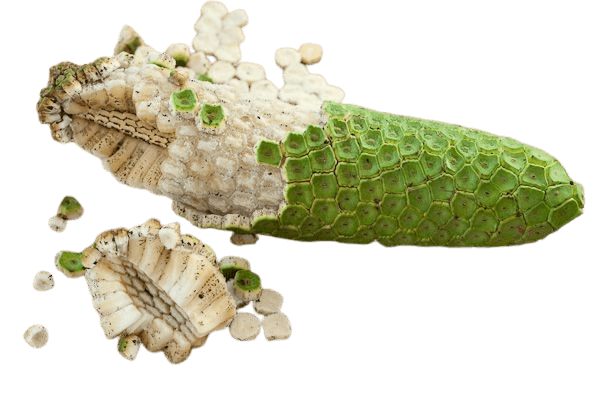
This exotic fruit has a green scaly exterior that resembles a pine cone. As it ripens, the scales fall off, revealing creamy white, sweet flesh beneath. The flavor is a fusion of banana, pineapple, and mango. It must be fully ripe before eating, as unripe parts contain oxalates which can irritate the mouth.
15. White Sapote
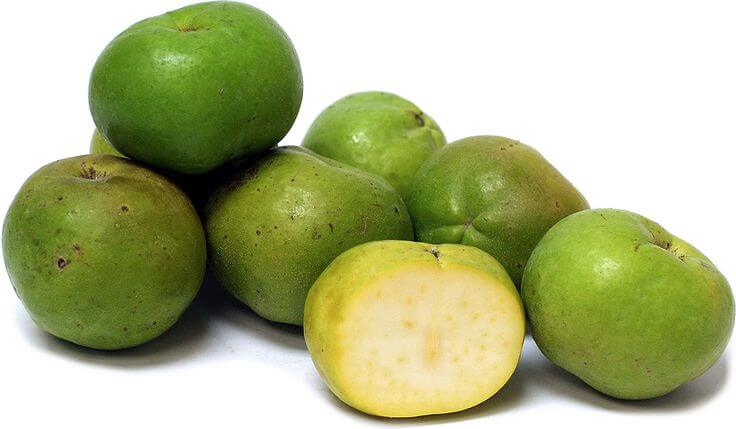
White sapote looks like a green apple or small avocado from the outside. The interior is creamy white, smooth, and custard-like with a flavor reminiscent of banana and pear. It contains large seeds and is best eaten fresh. Sapote is nutrient-rich and sometimes called the “Mexican apple.”
16. Green Plums
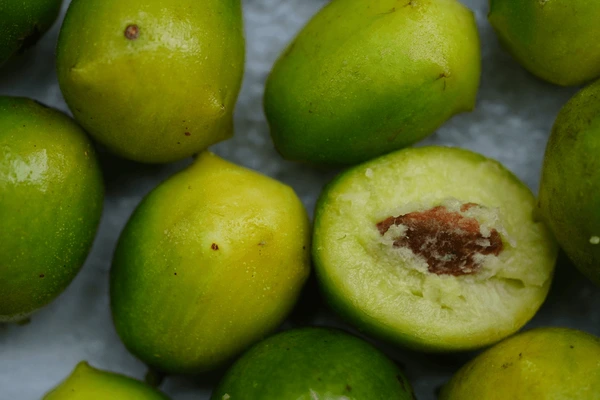
Unripe plums can be green on the outside with firm, crisp, and pale white or greenish flesh. These tart fruits are often eaten with salt or chili in some cultures. Certain varieties like greengage plums remain green even when ripe, offering a sweet, honey-like flavor.
17. Noni Fruit
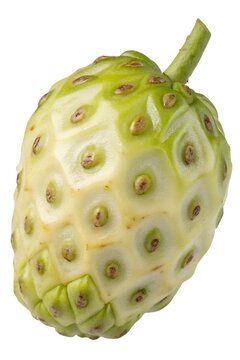
Noni has a bumpy green surface when young, turning translucent or yellow-white as it ripens. The inside is pale white, soft, and pungent. Known for its strong odor and bitter taste, it’s used in traditional medicine and health supplements rather than for culinary enjoyment.
18. Mamoncillo (Spanish Lime or Genip)
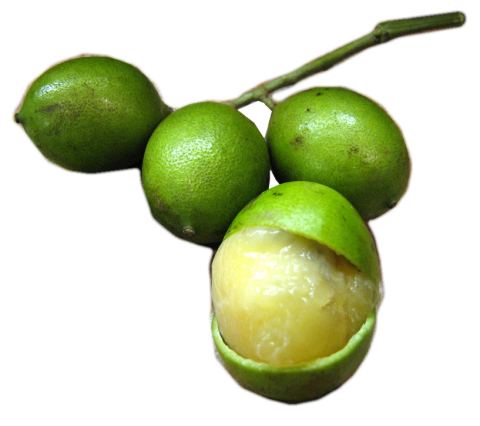
Mamoncillo fruits have a tough green shell that cracks open to reveal a juicy, white to pinkish pulp surrounding a large seed. The taste is a mix of lime and lychee—sweet and slightly tart. Popular in Latin America and the Caribbean, the pulp is sucked straight from the shell.
19. Key Lime
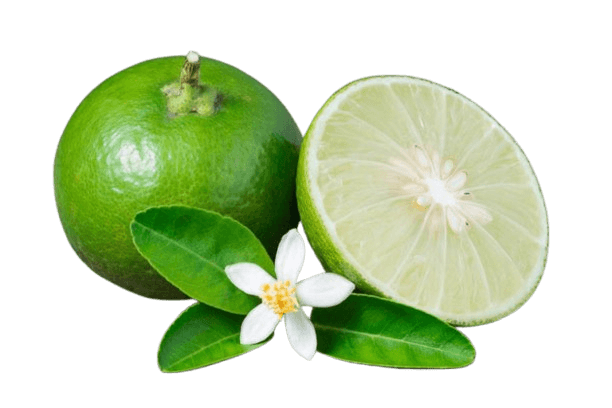
These small, round green limes have a thin rind and a pale greenish-white, juicy interior. The juice is highly aromatic, acidic, and essential in recipes like Key lime pie. Compared to Persian limes, they are smaller and more intense in flavor, with high vitamin C content.
20. Ambarella (June Plum or Golden Apple)
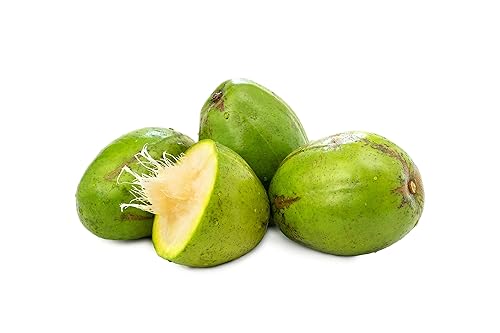
Ambarella fruits start off green and hard, with crisp, white flesh. As they ripen, they turn golden-yellow. The interior is juicy and fibrous, surrounding a spiky pit. Eaten raw with salt or cooked into chutneys and stews, ambarella is rich in vitamin C and iron.
21. Giant Granadilla
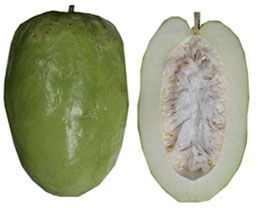
The largest of the passionfruit family, the giant granadilla has a greenish skin that ripens to yellow but is often consumed while still green. Inside, it contains soft white pulp surrounding black seeds in a jelly-like matrix. The flesh is mildly sweet and often used in juices, smoothies, or desserts.
22. American Pawpaw
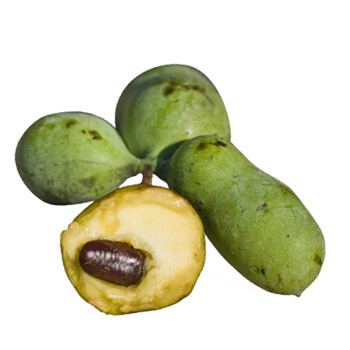
This green-skinned fruit has a creamy, pale yellow to whitish interior with a custard-like texture. Often described as having flavors of banana, mango, and melon, the pawpaw is North America’s largest native fruit. It contains several large, dark seeds and is rich in vitamins and antioxidants.
23. Star Apple (Some Varieties)
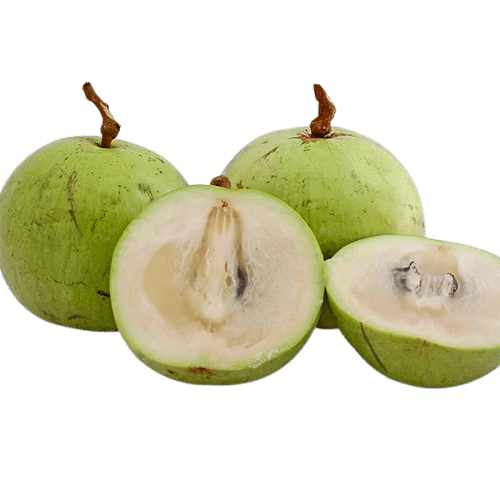
While most star apples have purple skins, some rare varieties are green on the outside. These green-skinned types have soft, juicy white pulp inside, often with a star pattern when cut crosswise. The fruit is sweet and slightly sticky, typically scooped out and eaten fresh.
24. Bael Fruit (When Underripe)
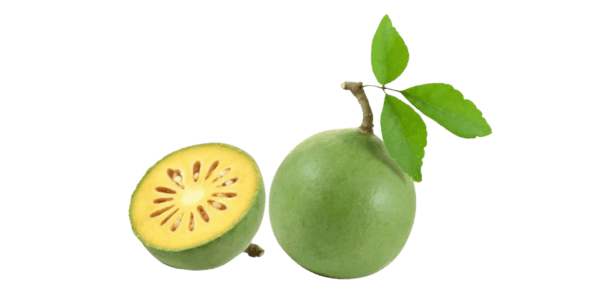
When underripe, bael fruit has a green, hard shell and a whitish, fibrous interior. As it ripens, the inside turns orange and sweet. The underripe version is often used in traditional medicine and herbal remedies for digestion. It has astringent qualities and a distinctive fragrance.
25. Indian Jujube (Unripe)
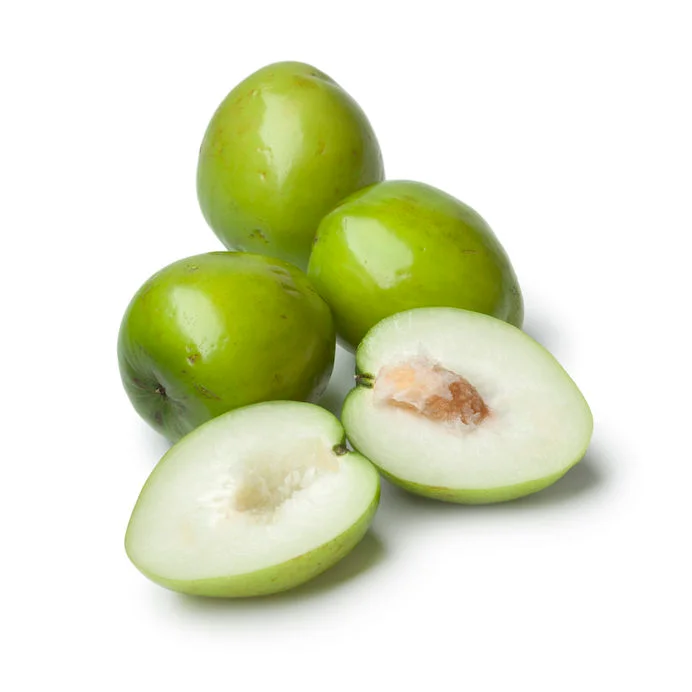
The unripe jujube, also known as ber, is small with smooth green skin and a crisp, white interior. It has a mildly sour taste, often enjoyed with salt or chili. As it ripens, it turns brown and sweet. Unripe jujube is a popular seasonal snack in parts of Asia.
26. Gamboge
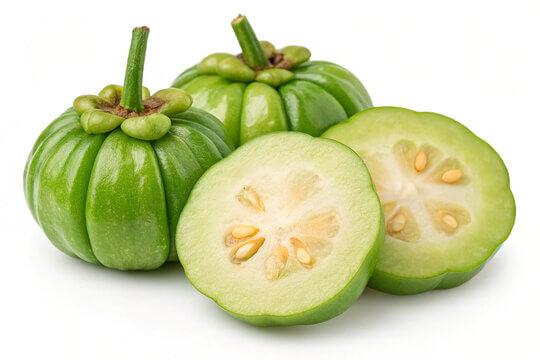
Gamboge fruit has a green rind when immature, turning yellow-orange when ripe. The inside starts off pale white and firm, gradually developing a fibrous yellow-orange pulp. The fruit is sour and used for culinary and medicinal purposes in Southeast Asia. It’s also the source of a natural yellow pigment.
27. Cucumber
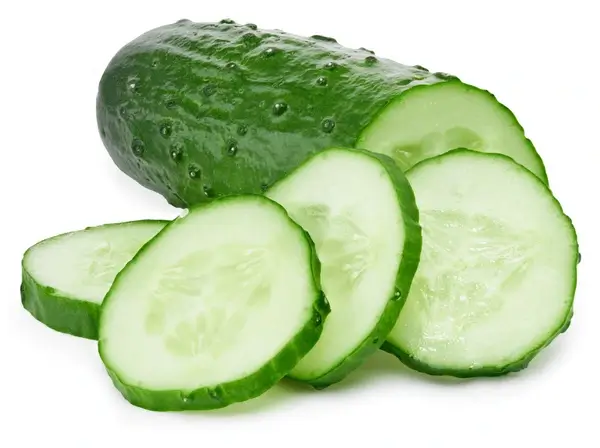
Although treated as a vegetable, cucumber is a fruit botanically. It has a dark green skin with a crisp, juicy white to pale green interior. Its high water content makes it refreshing, and it’s commonly used in salads and drinks. Cucumbers also contain antioxidants and anti-inflammatory compounds.
28. Bitter Gourd (Bitter Melon)
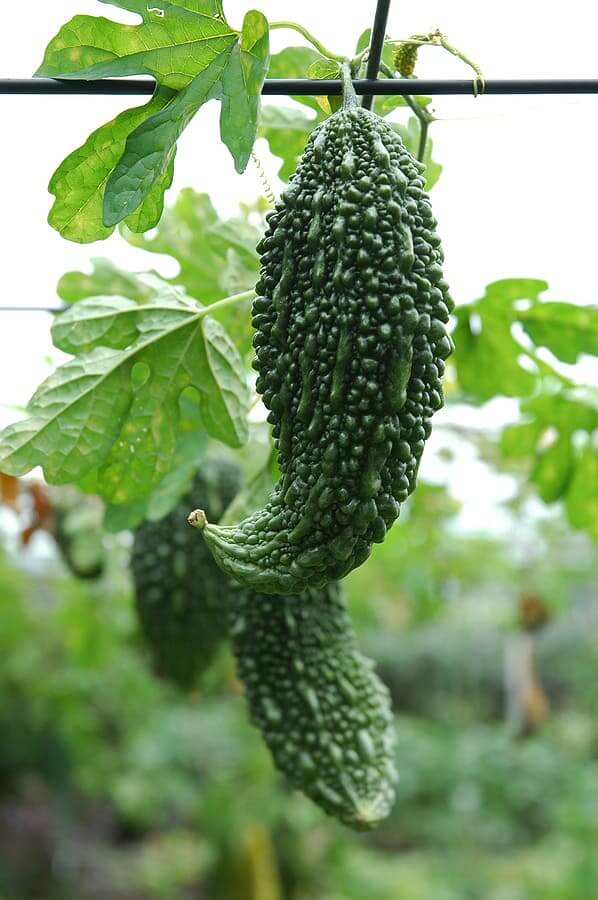
This fruit has a distinctive warty green surface and white, spongy interior filled with seeds. The flesh is very bitter but is prized in Asian and African cuisines for its health benefits, including blood sugar regulation. It is often stir-fried, boiled, or used in herbal tonics.
29. Bottle Gourd
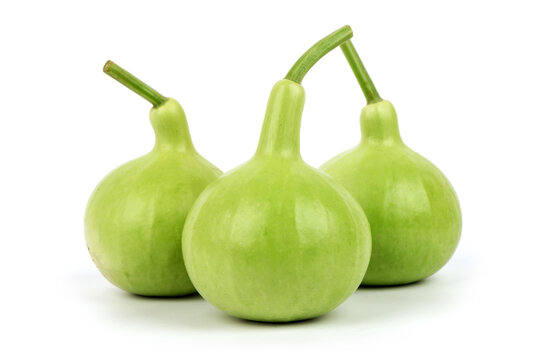
With smooth green skin and soft white flesh, the bottle gourd is technically a fruit but commonly cooked as a vegetable. Its neutral flavor makes it a versatile ingredient in curries, soups, and desserts. It’s low in calories and rich in water, ideal for hydration.
30. Wax Gourd (Winter Melon)
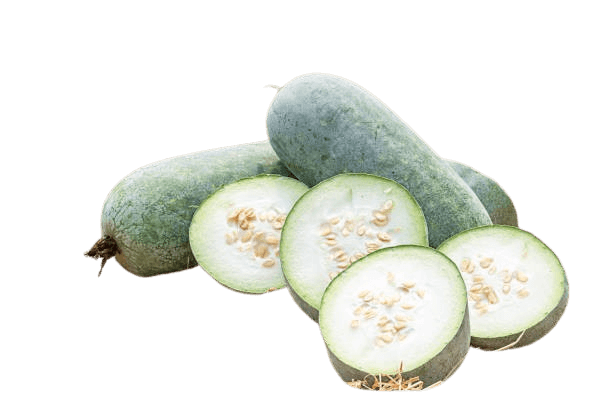
Wax gourd has a pale green rind coated with a whitish wax-like layer, and crisp, white flesh inside. Despite its name, it is harvested while green. It has a very mild flavor and is commonly used in soups, stews, and traditional herbal teas in Asia.
31. Green Papaya

Unripe green papayas have bright green skin and firm white to pale flesh. Unlike ripe papayas, the green version is not sweet but has a neutral flavor ideal for salads, pickles, and stews. Green papaya is rich in enzymes and often used as a natural meat tenderizer.
32. Green Bananas
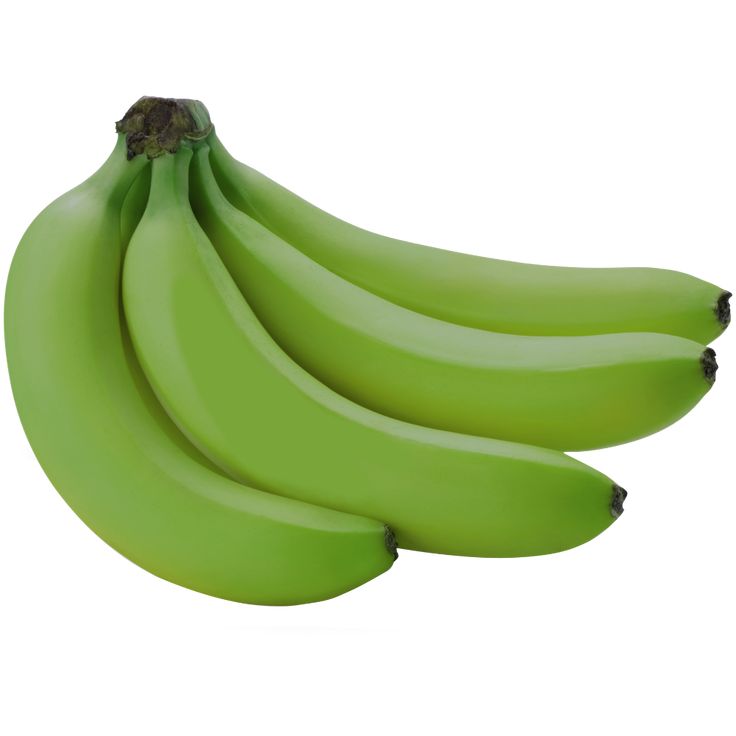
Unripe green bananas have firm green peels and starchy, pale white interiors. They are less sweet and more fibrous than ripe bananas. Often boiled or fried in many tropical cuisines, green bananas are a good source of resistant starch, beneficial for digestive health.
33. Ice Cream Bean
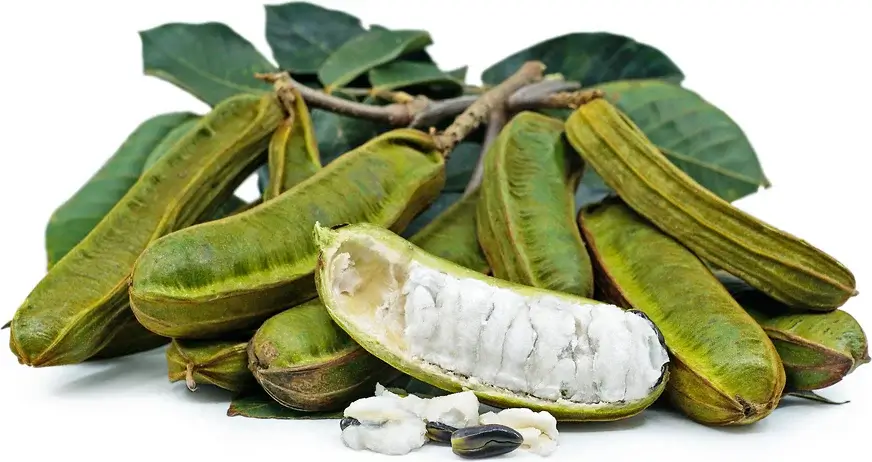
This pod-shaped fruit has a green shell and soft, white, cottony pulp surrounding large seeds. The flesh is sweet, airy, and reminiscent of vanilla ice cream, hence the name. It is enjoyed fresh in tropical regions and is high in fiber and antioxidants.
34. Zucchini
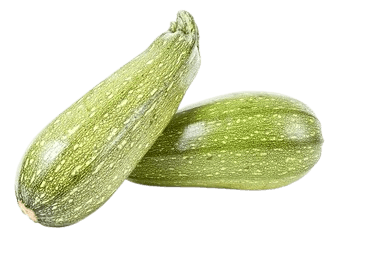
Botanically a fruit, zucchini has smooth green skin and a pale white to light green interior. Its mild taste and tender texture make it versatile in both cooked and raw dishes. Zucchini is rich in water, fiber, and vitamin C, making it a healthy, low-calorie ingredient.
35. Hog Plum (Unripe)
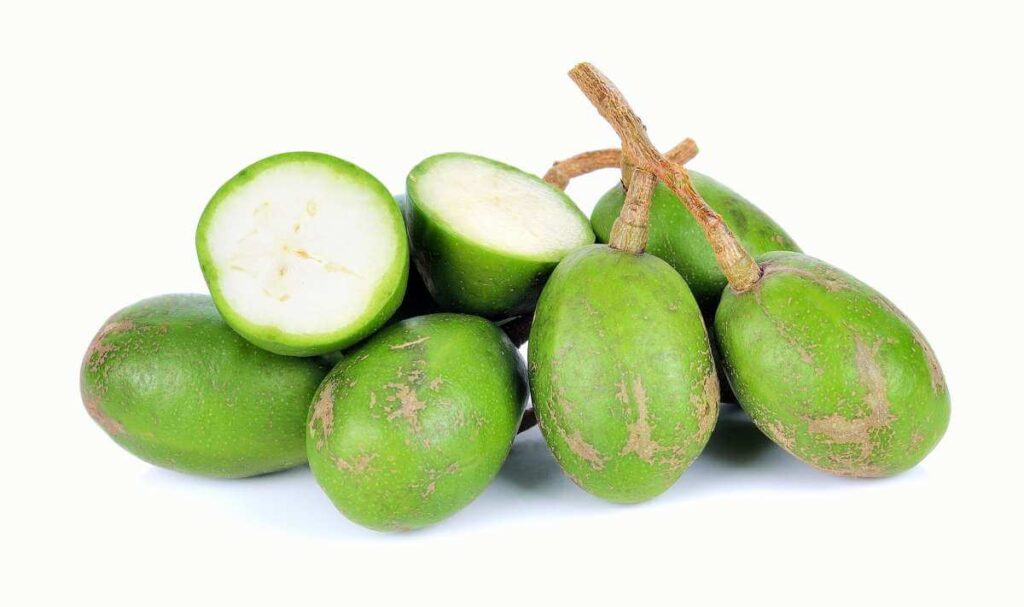
Unripe hog plums have smooth green skin and crisp, white to off-white flesh surrounding a fibrous pit. Tart and astringent, they’re often used in chutneys, pickles, and savory dishes. The ripe version turns yellow-orange and becomes sweeter.
